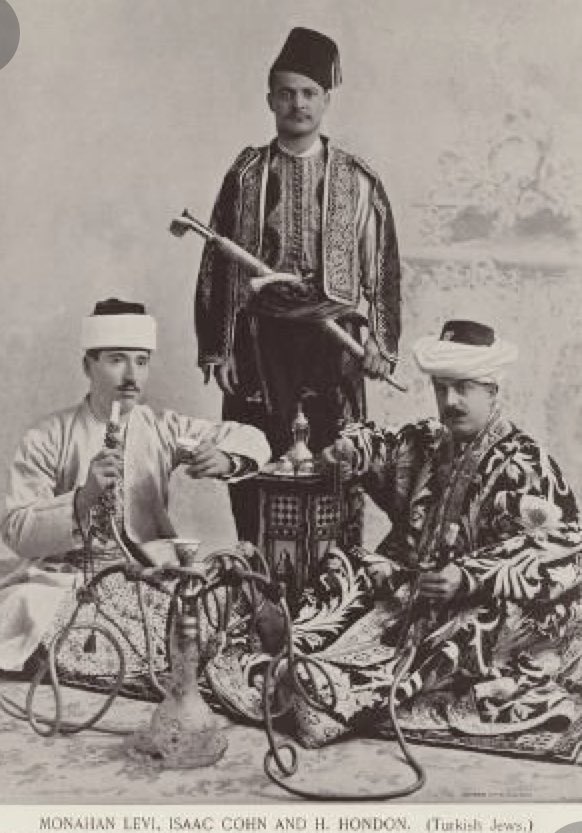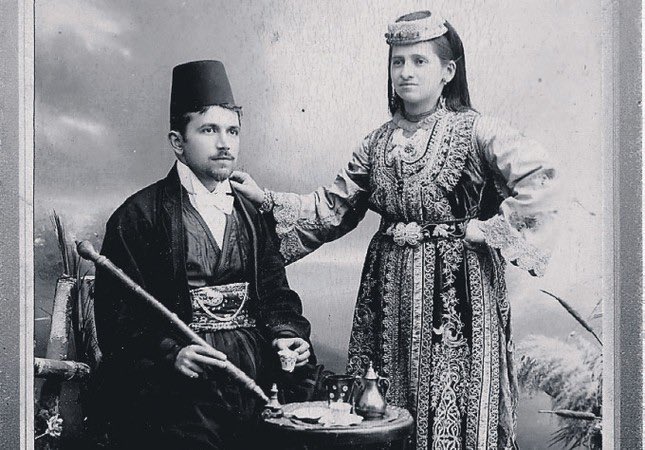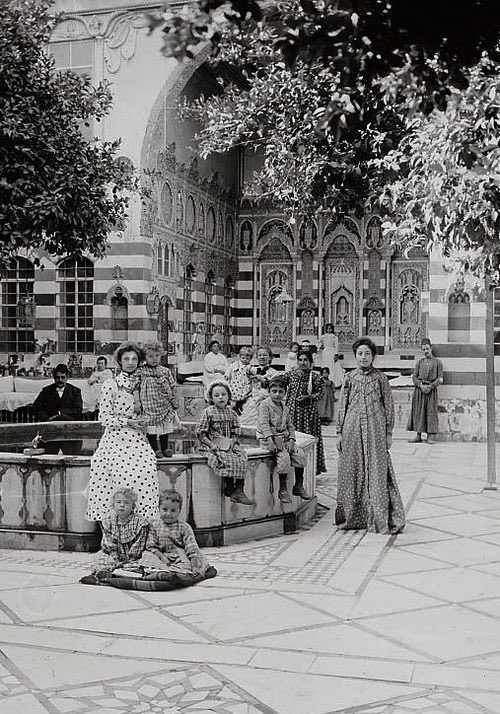
The holiday of Sigd is celebrated today by the Ethiopian Jewish community, but what exactly Sigd is? (THREAD). 




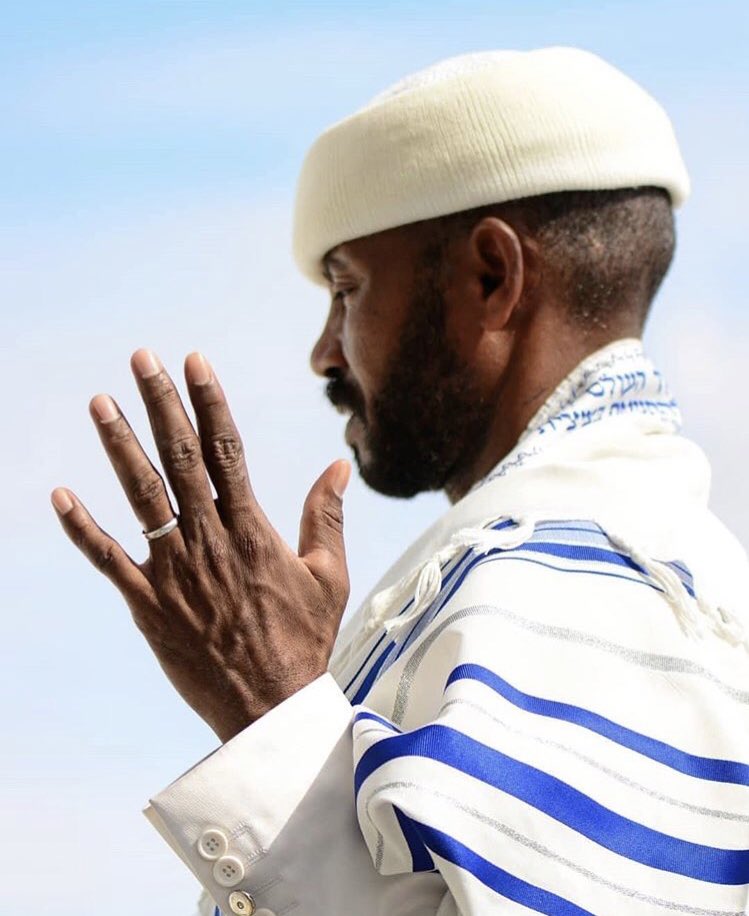
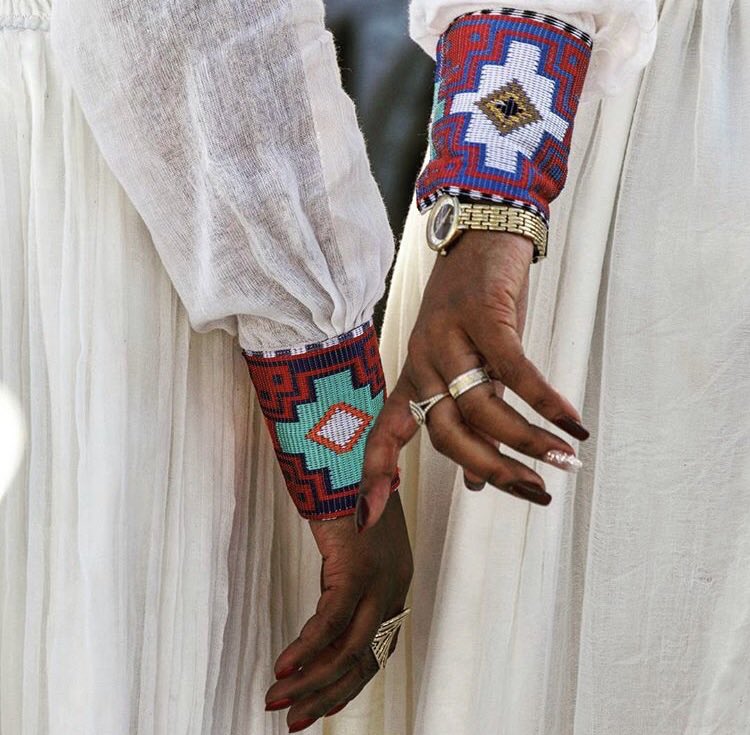

Sigd (ሰግድ) means prostration, and is one of the unique Beta Yisrael (Ethiopian Jews) holidays. The holiday begins 50 days after Yom Kippur, the same as the holiday Shavuot is celebrated 50 days after Passover.
The holiday symbolizes the close relation of the community to the Torah and the mitzvahs, the preservation of its Jewish identity and the covenant and loyalty between them and God.
It’s believed that the holiday began in the sixth century, when a war between Jews and Christians ended and the Jewish community marked it as a fidelity to their religion and identity. But only in the 15th century, “Sigd” was first mentioned in Ethiopian sources.
In the 15th century, the Christians again persecuted the Jews in Ethiopia and tried to convert them, the Jews who refused marked this holiday as an symbol of their affinity and as a kind of strengthening their covenant of their Jewish roots.
Just like the Mosaic covenant on Mount Sinai, the Ethiopian Jews climb to the top of a high mountain while wearing white and pure clothes as they’re holding a Torah scroll. After reciting the Torah and Psalms, the Jews pray for redemption and to the end of diaspora.
Similar to Yom Kippur, the Jewish community confesses about their sins and wish to celebrate next year the holiday in Jerusalem. (As being asked on Passover). As the people get down from the mountain, they’re allowed to end the fast and eat. 

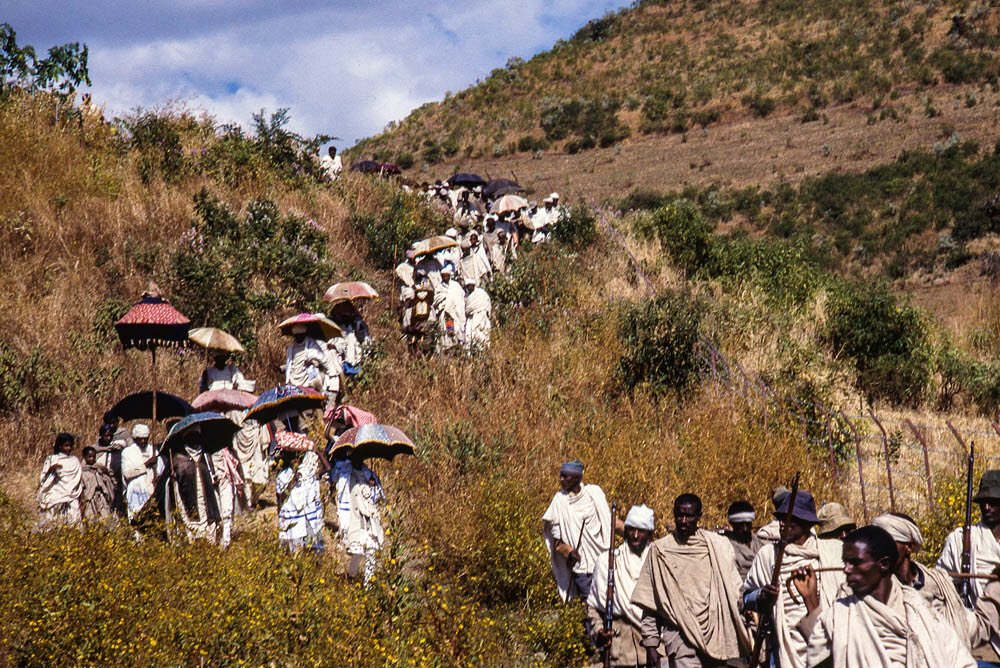

Majority of the Ethiopian Jewish community immigrated to Israel, every year the holiday is celebrated in Jerusalem, the city to which they have prayed for centuries.
While the elderly fast and see this day as meaningful and sacred, the young ones from the Ethiopian community mostly celebrate this holiday with dances, traditional foods and gathering with their friends and family without fasting and prayers.
• • •
Missing some Tweet in this thread? You can try to
force a refresh





